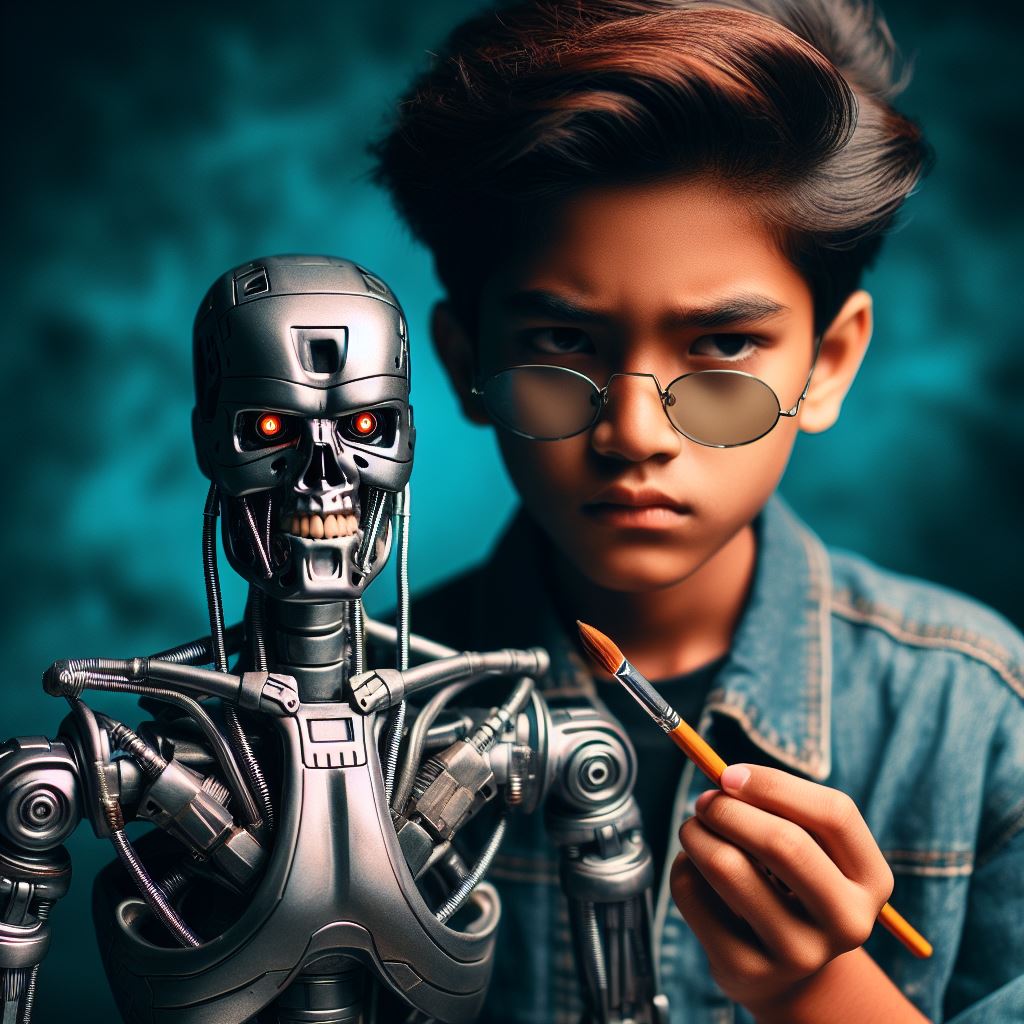HONOR has officially opened pre-orders for its much-anticipated HONOR 400 and HONOR 400 Pro smartphones in South Africa — ushering in a bold new…
Is coexistance between humans and AI possible long term?

The impact of AI in jobs remains a hot topic in techville, as AI systems in the form of Sora, an AI model that can create realistic and imaginative videos all from text prompts emerge to solidify a new era where AI may just find ways to operate meticulously without much input from humans, therefore echoing a recurring fear of panic in some.
This remains a plausible threat, considering the leapfrog in development that we’ve seen since OpenAI first introduced ChatGPT.
It’s the speed at which developments are happening and the question of whether AI and humans can coexist in a complementary coexistence that has managed to carve its way into the front row for much-needed attention.
This was a topic of discussion at the World Economic Forum meeting in Davos, last week, according to Henda Scott, senior UX writer at Helm, who points out how IMF managing director Kristalina Georgieva revealed that almost 40% of jobs around the world will be impacted by the advancement of AI.
South Africa is expected to see an impact in the employment sector as a result of AI adoption.
This magnifies concerns and raises the real question if tech has the potential to replace humans.
While the threat and fear may rise, current AI developments have shown that humans still have a massive part to play and cannot be counted out just yet.
“Being pro-AI doesn’t mean you’re anti-human. And being pro-human shouldn’t mean you’re anti-AI either. Without us, AI wouldn’t exist. And without AI, many of our processes would take a whole lot longer,” says Scott.
“Artificial intelligence is the simulation of human intelligence, but that doesn’t necessarily mean the one supersedes the other. At Helm, our goal has always been to use technology to assist – and not replace – people, which is why we believe in developing human-first, AI-powered solutions and experiences.
“For most of us currently working in AI, the goal is to make it more human-like, and one of the best ways to emulate our behaviour is to engage real people. Human input – in the form of intention, innovation, implementation and intervention – is crucial in order to allow the technology to evolve. So, who are the real people who engage with AI, and how does their involvement shape its evolution?”
Scott maintains that there needs to always be an understanding and ethical reasoning when assisting clients who think they want AI when they actually need it.
There must be an understanding that AI is meant to provide simpler solutions that can result in saved resources.
“For us, as Africa’s CX innovation experts, the humans who use AI are arguably the most important. As the custodians of the point where they inevitably meet AI, we are responsible for managing all aspects of their experience, from initiation to completion. Not only do we want to create AI solutions that help them, we have to make sure our solutions do not cause any harm (albeit unintended) to them, their livelihoods or their environments,” Scott says.
AI development is developing way faster than legislation can be passed and this means the evolution and regulation of AI solutions should extend beyond what is lawful to encompass what remains ethical.
The point is to create AI that solves real-world problems, by removing some perceived threats.
Artificial Intelligence shows no signs of slowing down, this translates to a necessity to ensure that AI is used lawfully, ethically, and lawfully which indicates a desperate necessity for human responsibility and consistent intervention.
Also read: How data can be leveraged to drive growth, an Uber secret

